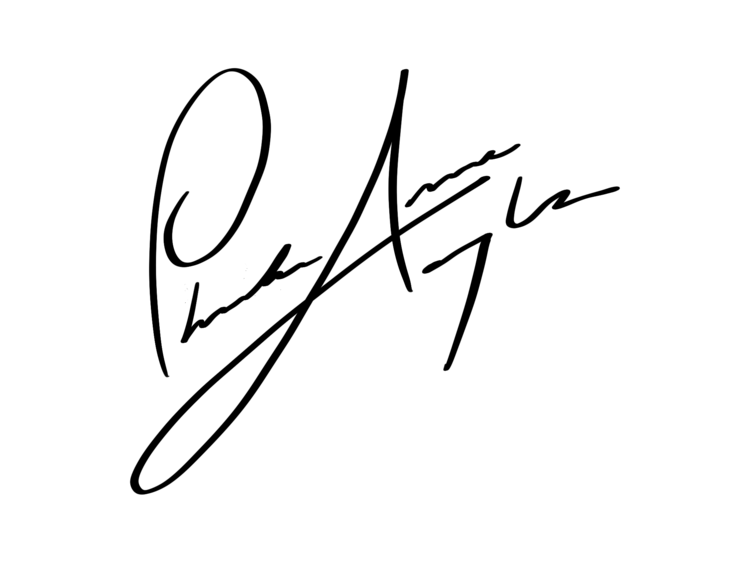Last year, November, New Orleans, I was introduced to an extraordinary photography gallery, which was closely followed by a close viewing of the rapid changes that American photography was going through in the nineteenth century at the New Orleans Museum of Art. While the city itself wrapped its rhythms around my heart, and I found myself entranced by the sights, smells and sounds of NOLA, these two vivid examples of photographic history really captured my mind. For the first time I started to gain insight into how the developer could inform the subject matter of an image. I saw very real examples where the same photo, while utterly arresting in one print, could have a completely different atmosphere and feeling due to anything from paper choice through to specific qualities the developer had wanted to enhance. I started to understand how some photographers choose their developer quite specifically, and the two of them together create a career and style, of which often the photographer is the only credited artist. I saw how, much like a director’s cut of a movie, a photographer’s development of their image could be dramatically different from what the developer had seen.
These ideas were not completely foreign to me, of course. Although, I had mainly appreciated them from the perspective of a RAW file, and how an image could be manipulated in a digital space, but, in this sense I had seen this manipulation much more as to how you would create a dynamic negative that would take chief responsibility for a print’s outcome; without thinking that the dynamism could be further manipulated within the printing process itself.
And, I had always assumed there was one method of development: dark room, and that was it. I had always assumed that this was too much of a process for me living in my little one bedroom flat to consider. And dark room costs seemed too much for something that I was never really sure if I would use consistently enough to cover the cost. Standing in the middle of these two galleries new concepts of chemicals, processes, mediums surfaced. I was coming to realise that there was a deep rabbit hole of what I didn’t know about development, and it was gently opening to me, unfurling with the starts of ideas that would not be easy to shake.
Fast forward to January this year and these ideas had really started to germinate. I was intensely curious about how different processes worked and what different qualities they would attribute to the final outcome of a photo. While in the past I had read extensively about long exposures made with guerilla pinhole cameras on photographic paper and other such experiments, this research was more about the light processes that would create a final image, not the actual chemical development of making such an image happen. Therefore, I started again. I hunted for the best resources to read about specific processes, I watched videos, I tried to figure out, with my experimenter’s knowledge and pioneering spirit to give-it-a-go, what I could achieve if I were to let go of any preconceived ideas of what I should achieve.
So, I’ve settled on a few processes that I want to try out, some people who may be able to help me learn, and have started sorting photos as to what would be appropriate for one type of print or another.
My main limitation is the inability to set up a dark room and not a huge amount of space, which has provided me with a few limitations:
- Solar power (well, UV exposure)
- Toxicity
- Space
- Where to find inkjet transparencies
- Appearance of final image (contrast and mood considerations)
- Need for toning of images
- Availability of chemicals for certain processes
- Cost of certain processes
This has led me to believe I will be starting reasonably soon at experimenting with prints in Cyanotype hues first, then probably moving to playing with some argyrotypes soon after. There are a few other types that look so down my alley, which I will keep researching... who knows, maybe after I start this the bug will get me, and you won’t be able to hold me back from alternative printing types.
Stay tuned for updates!
